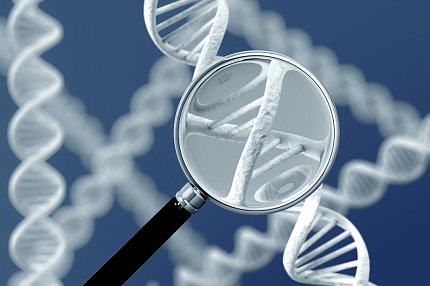NIH’ers Generate Complete Human X Chromosome Sequence

Researchers at the National Human Genome Research Institute have produced the first end-to-end DNA sequence of a human chromosome. The results, published July 14 in Nature, show that generating a precise, base-by-base sequence of a human chromosome is now possible, and will enable researchers to produce a complete sequence of the human genome.
“This accomplishment begins a new era in genomics research,” said NHGRI director Dr. Eric Green. “The ability to generate truly complete sequences of chromosomes and genomes is a technical feat that will help us gain a comprehensive understanding of genome function and inform the use of genomic information in medical care.”
After nearly two decades of improvements, the reference sequence of the human genome is the most accurate and complete vertebrate genome sequence ever produced. However, there are hundreds of gaps or missing DNA sequences that are unknown.
These gaps most often contain repetitive DNA segments that are exceptionally difficult to sequence, and yet these repetitive segments include genes and other functional elements that may be relevant to human health and disease.
Because a human genome is incredibly long, consisting of about 6 billion bases, DNA sequencing machines cannot read all the bases at once. Instead, researchers chop the genome into smaller pieces, then analyze each piece to yield sequences of a few hundred bases at a time. Those smaller DNA sequences must then be put back together.
Senior author Dr. Adam Phillippy of NHGRI compared this issue to solving a puzzle.
“Imagine having to reconstruct a jigsaw puzzle. If you are working with smaller pieces, each contains less context for figuring out where it came from, especially in parts of the puzzle without any unique clues, like a blue sky,” he said. “The same is true for sequencing the human genome. Until now, the pieces were too small, and there was no way to put the hardest parts of the genome puzzle together.”
Of the 24 human chromosomes (including X and Y), study authors Phillippy and Dr. Karen Miga at the University of California, Santa Cruz, chose to complete the X chromosome sequence first, due to its link with myriad diseases including hemophilia, chronic granulomatous disease and Duchenne muscular dystrophy.
